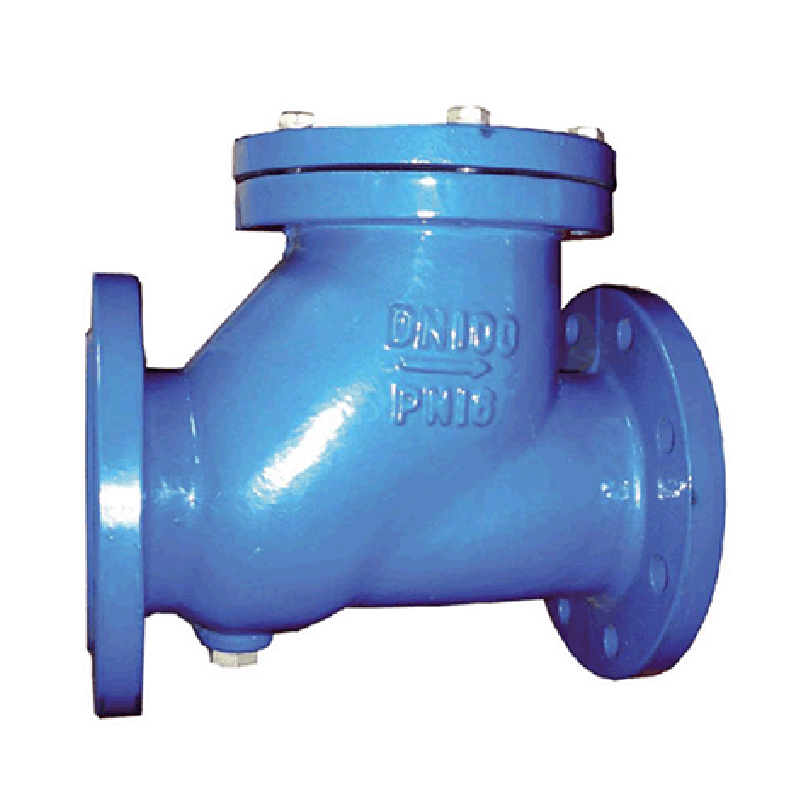Desemba . 04, 2024 06:41 Back to list
Design and Functionality of a Double Eccentric Butterfly Valve System
Double Eccentric Butterfly Valve A Comprehensive Overview
The double eccentric butterfly valve, often recognized for its unique design and efficiency, plays a crucial role in modern industrial applications. This type of valve is especially favored in sectors such as oil and gas, water treatment, and chemical processing, thanks to its ability to offer regulation of flow with minimal pressure drop.
Design Features
The double eccentric butterfly valve distinguishes itself from other valve types by its innovative design. The double eccentric component refers to the valve's shaft being positioned eccentrically in two ways – both in relation to the disc and the valve body. This design is particularly advantageous, as it reduces the friction between the disc and the sealing surface, which, in turn, minimizes wear and increases the longevity of the valve.
The body of the double eccentric butterfly valve is typically a cast or forged material, ensuring robustness and resistance to various environmental conditions. The disc, which is the element that controls flow, is designed to rotate around the shaft and can be made from materials like stainless steel or high-performance alloys, which resist corrosion and wear. The sealing mechanism often employs elastic materials such as EPDM or PTFE to ensure a tight fit and prevent leakage.
Advantages of Double Eccentric Design
One of the primary advantages of the double eccentric butterfly valve is its ability to provide a tight shut-off while maintaining low torque requirements. The eccentric design allows the disc to lift away from the seat as it opens, which reduces the amount of contact between the disc and the sealing surface. This characteristic enables easy operation and the ability to handle a wide range of pressures and fluid types.
Another significant benefit is the valve's lightweight design compared to traditional valves, which is particularly important in applications where weight can be a critical factor. Despite being lightweight, the double eccentric butterfly valve is strong and offers excellent durability.
double eccentric butterfly valve

Applications
Double eccentric butterfly valves are employed in a variety of industries due to their versatility and reliability. In the oil and gas industry, they are used for throttle control and isolation, managing the flow of hydrocarbons and ensuring system integrity. In water treatment facilities, these valves help regulate the flow and pressure of water, making them essential for effective operation.
The chemical processing industry also utilizes double eccentric butterfly valves to control the flow of corrosive substances. Their ability to provide tight sealing and resistance to various chemicals ensures safety and efficiency in handling potentially hazardous materials.
Maintenance and Operation
While double eccentric butterfly valves are designed for durability, regular maintenance is essential to ensure their optimal performance. This typically involves inspecting seals, checking for wear on the disc and seating surfaces, and ensuring that actuators function properly. Lubrication of moving parts can further enhance their operational efficiency.
In terms of operation, these valves can be manually operated or automated using pneumatic or electric actuators. The choice of actuation depends on the specific application and the level of control required.
Conclusion
In summary, the double eccentric butterfly valve represents a sophisticated solution for flow control in various industrial applications. Its unique design, coupled with numerous advantages such as low torque requirements and high durability, makes it an unparalleled choice for engineers and technicians alike. As industries continue to evolve and demand more efficient solutions, the role of double eccentric butterfly valves will undoubtedly remain significant in ensuring safety, reliability, and efficiency in fluid management systems. Whether in oil and gas, water treatment, or chemical processes, these valves are set to play a vital role in the future of industrial fluid control.
Share
-
Reliable Wafer Type Butterfly Valves for Every IndustryNewsJul.25,2025
-
Reliable Flow Control Begins with the Right Ball Check ValveNewsJul.25,2025
-
Precision Flow Control Starts with Quality ValvesNewsJul.25,2025
-
Industrial Flow Control ReliabilityNewsJul.25,2025
-
Engineered for Efficiency Gate Valves That Power Industrial PerformanceNewsJul.25,2025
-
Empowering Infrastructure Through Quality ManufacturingNewsJul.25,2025